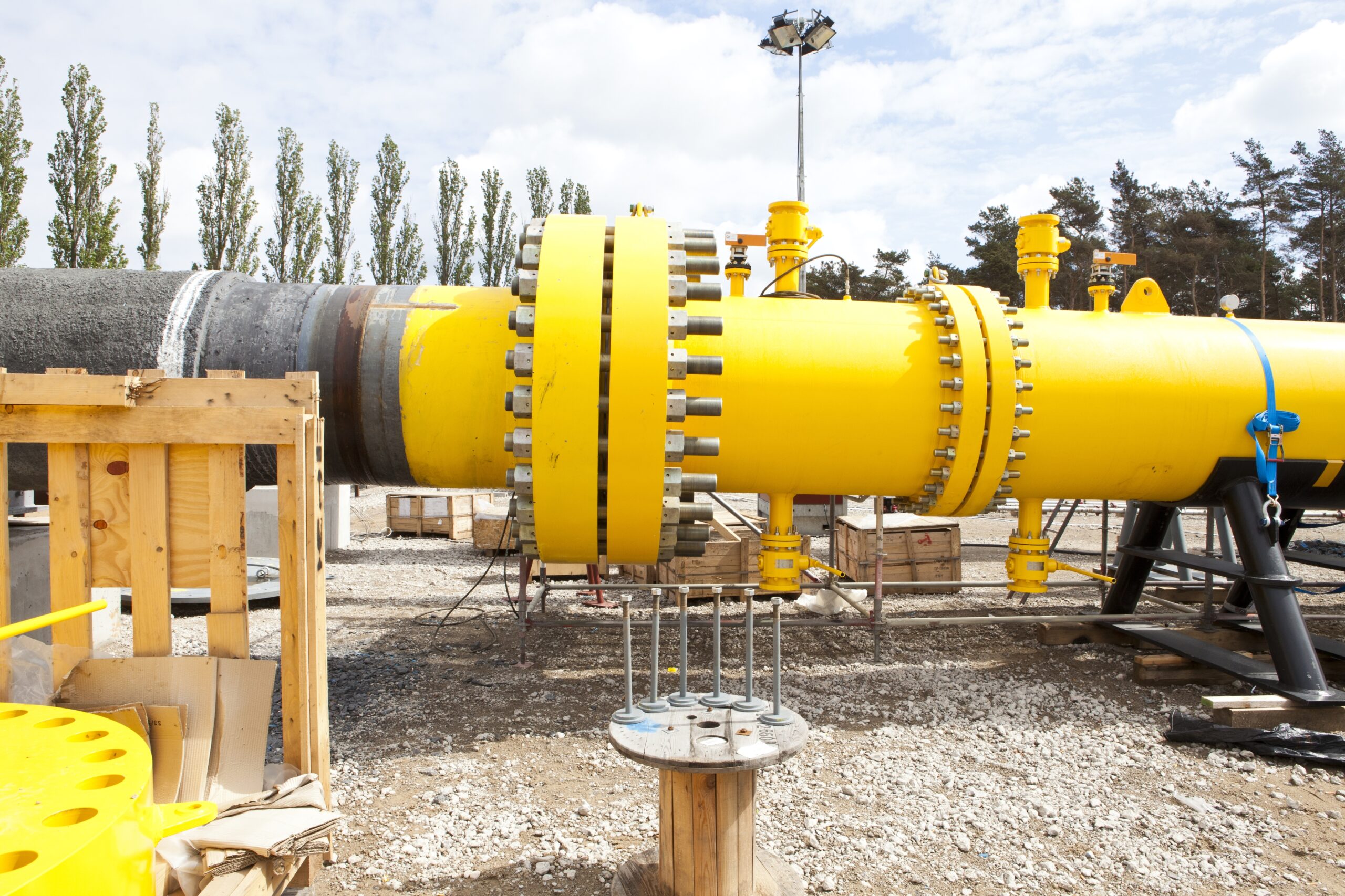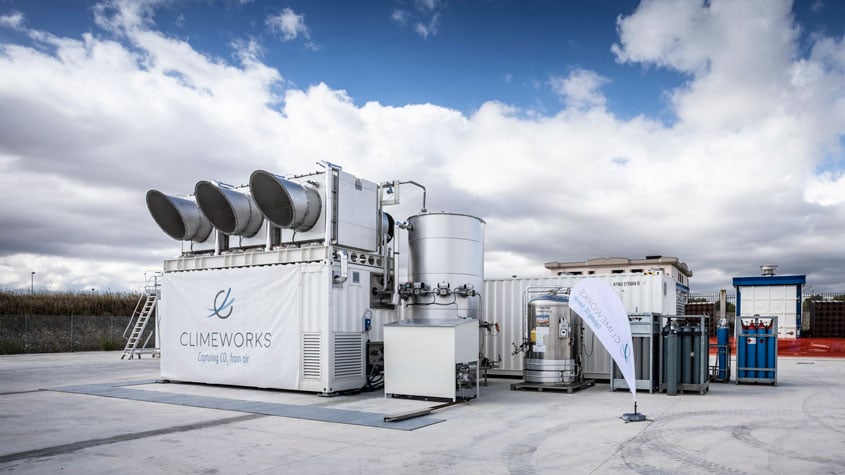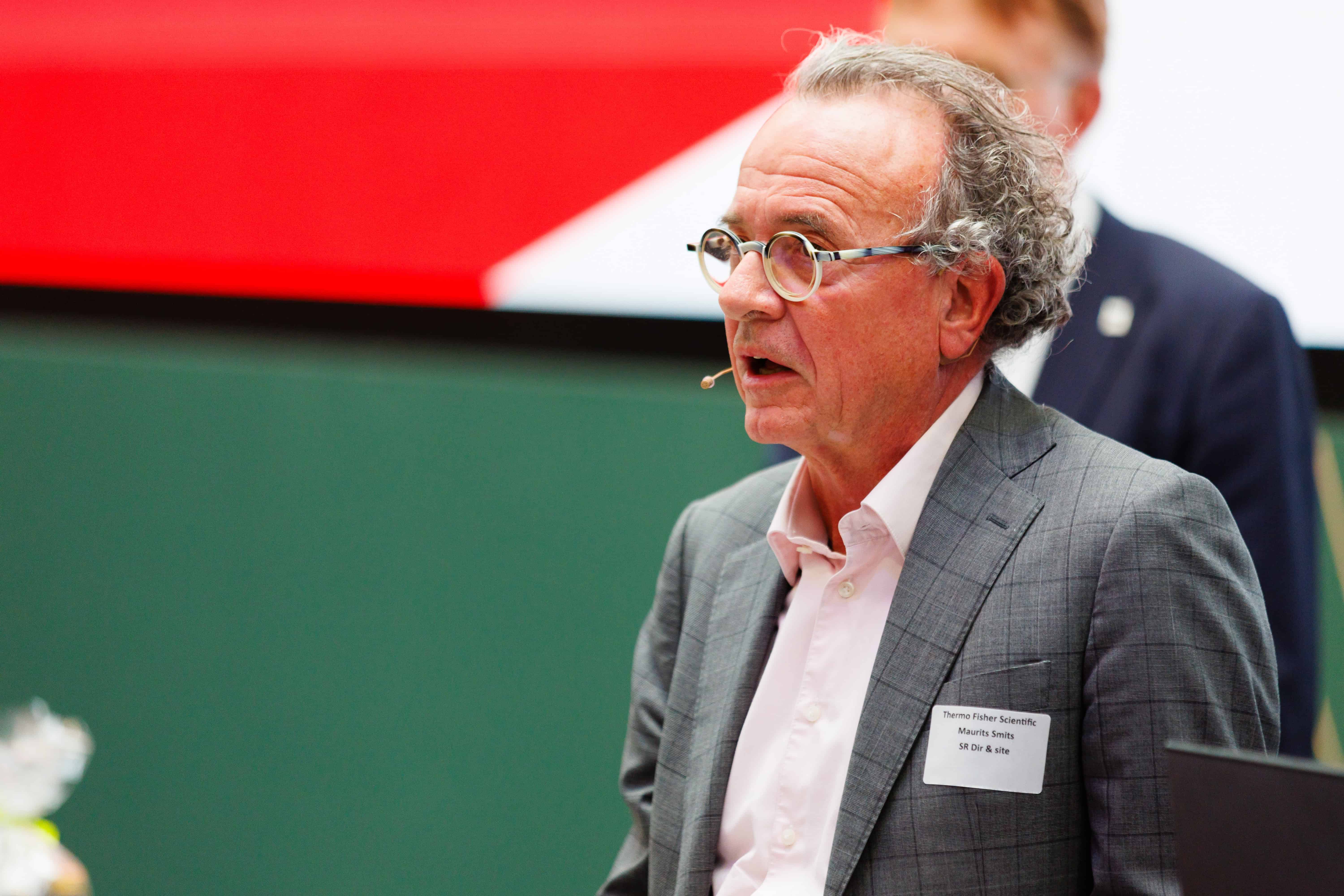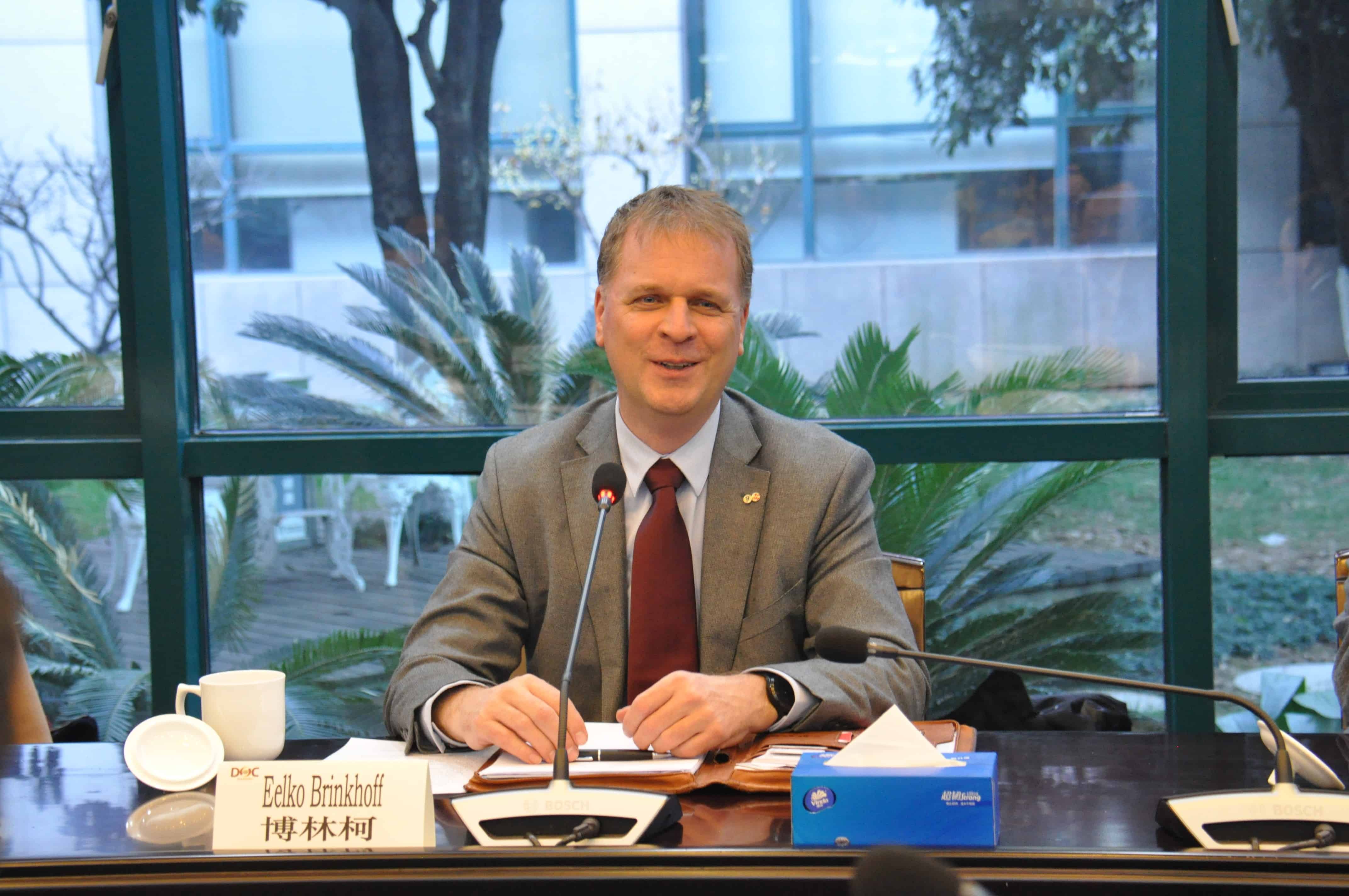
The telephone of René Peters, Director of Gas Technology at the Netherlands Organization for Applied Scientific Research (TNO) and recently a new board member of the World Energy Council NL, has been ringing off the hook for weeks. Gas prices have gone through the roof in the past week and the war in Eastern Ukraine is making the supply of Russian gas to European countries uncertain. “In the past, Putin has made plenty of threats, but when it came to gas, he always kept his end of the bargain. That, too, no longer seems a certainty these days.”
The questions that Peters hears most often during the constant stream of phone calls are mainly about the consequences of the conflict for the Netherlands and what alternatives are available.

Global gas network
The answer to the first question: if Putin turns off the gas tap, the consequences for Europe are enormous. Every year, 160 billion cubic meters of gas come our way from Russia – forty percent of the total imports needed for the supply of natural gas throughout Europe. These consequences are particularly significant over the long term, but this does not mean that we will run out of gas overnight. “The global gas network is very well connected; in addition to Russia, pipelines also run to North Africa, Southern Europe and Norway. We also have our own gas reserves of around one hundred billion cubic meters. So the supply will not be interrupted immediately, but the price will most likely go up sharply.” To illustrate: The Netherlands consumed an average of 2,766 million cubic meters of natural gas per month in 2020,
Europe is so dependent on gas from Russia that that’s one of the reasons that we want to move away from gas extraction, coal-fired power plants, and nuclear power, and put our efforts into energy from renewable sources. However, that process is not moving fast enough to avoid dependence on non-EU countries. Moreover: Russian gas is cheap and its gas reserves are larger than all other nearby sources.
Alternatives

Then there are the alternatives. David Smeulders, professor of Energy Technology, touted around the Op1 talk show table on Thursday that the gas tap in Groningen should be reopened. Peters concedes that it is a convenient alternative, but thinks it is such a politically sensitive issue that he does not see it as a realistic option in the short term.
Several alternatives have already been mentioned in this article: Insulation of houses, installation of heat pumps, but also unpopular forms of energy supply, which we were finally bidding farewell to, such as coal and nuclear power plants. “Before the energy transition gains momentum, we will indeed initially be turning to environmentally unfriendly alternatives in the short term,” Peters is also anticipating.
Coal and nuclear power plants
The simplest option in the short term, according to Peters, is to import liquefied natural gas. “Europe has an import capacity of 250 billion cubic meters of liquefied gas, only 120 billion of that is being utilized. But, of course, that needs to be readily available in the market.”
“If I were the German government, I would keep the last nuclear power plants running for the time being. Right now, the number one priority is to reduce our dependence on gas,” Peters argues. “Although nuclear power plants are also not an ultimate solution, because they require uranium, which also comes in part from Russia. Or coal-fired power plants, the Germans have a number of those as well. If we did that, we would be completely independent of Russia.”
Even though sustainable energy solutions are not yet an option to meet the impending shortage of gas on a massive scale, Peters predicts that the drive to want to move away from fossil fuels will ultimately only intensify.
If I were the German government, I would keep the last nuclear power plants running for the time being. Right now, the number one priority is to reduce our dependence on gas,”
René Peters
Hydrogen
As Martien Visser, lecturer in energy transition at the Hanze University points out, hydrogen is a promising alternative. But, again, it is not a solution in the short term. At the moment, 99 percent is still gray hydrogen (produced from natural gas or coal) or blue hydrogen (also produced from natural gas or coal, except that the CO2 that is released is captured). Only green hydrogen, produced from sustainable energy, will enable us to make progress. “We have way too little of that at the moment. Moreover, producing it is very energy-intensive: to replace 40 billion cubic meters of gas, you will need 120 billion cubic meters of green hydrogen in terms of energy capacity,” explains Peters.
Peters finds it strange to be talking about opportunities at a time when a bleak scenario is unfolding in the Ukraine. Nevertheless, he does see many opportunities for hydrogen in the Netherlands over the longer term that could be accelerated by the current situation. “We are good in the Netherlands when it comes to molecules, to gas. Hydrogen is also a molecule, but a sustainable one. The combination of harnessing offshore wind energy and hydrogen, is a great fit for our country. The infrastructure of pipelines is already in place. If we convert those, I really believe we can be one of the first countries to make hydrogen a profitable export product.”
Green gas or biogas is also a potential substitute, although its production is limited by the availability of biomass such as manure and sewage sludge. “The volumes we can get from biomass are still quite limited. The projections are that there will be around 2 billion cubic meters by 2030.” A final long-term option is gas production in the North Sea. “We still have many fields there where there is gas under the seabed, we could develop them. But that too is not something that can be arranged within a month; gas fields still need to be developed, platforms built, pipelines laid.”
Photo: Nord Stream AG








